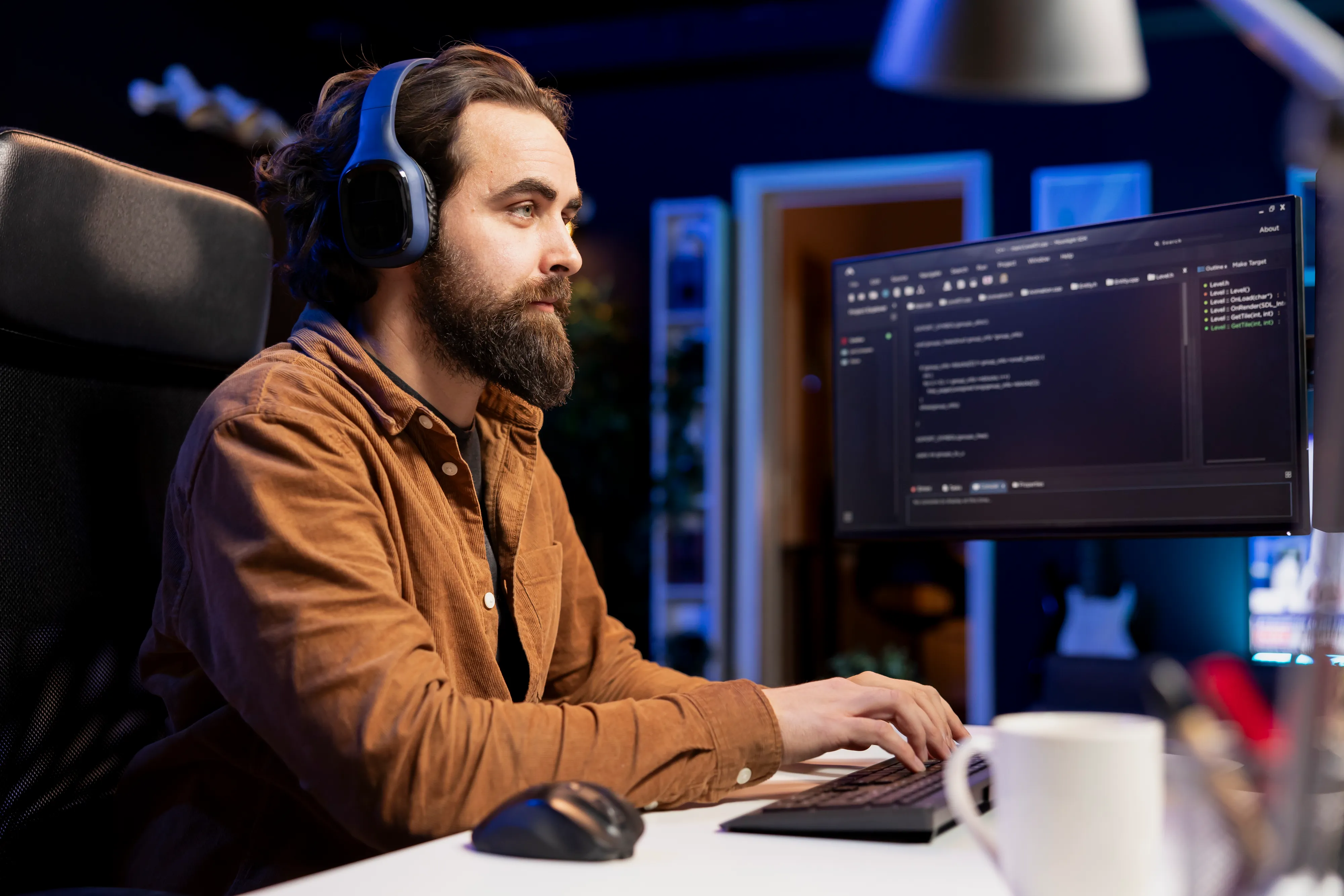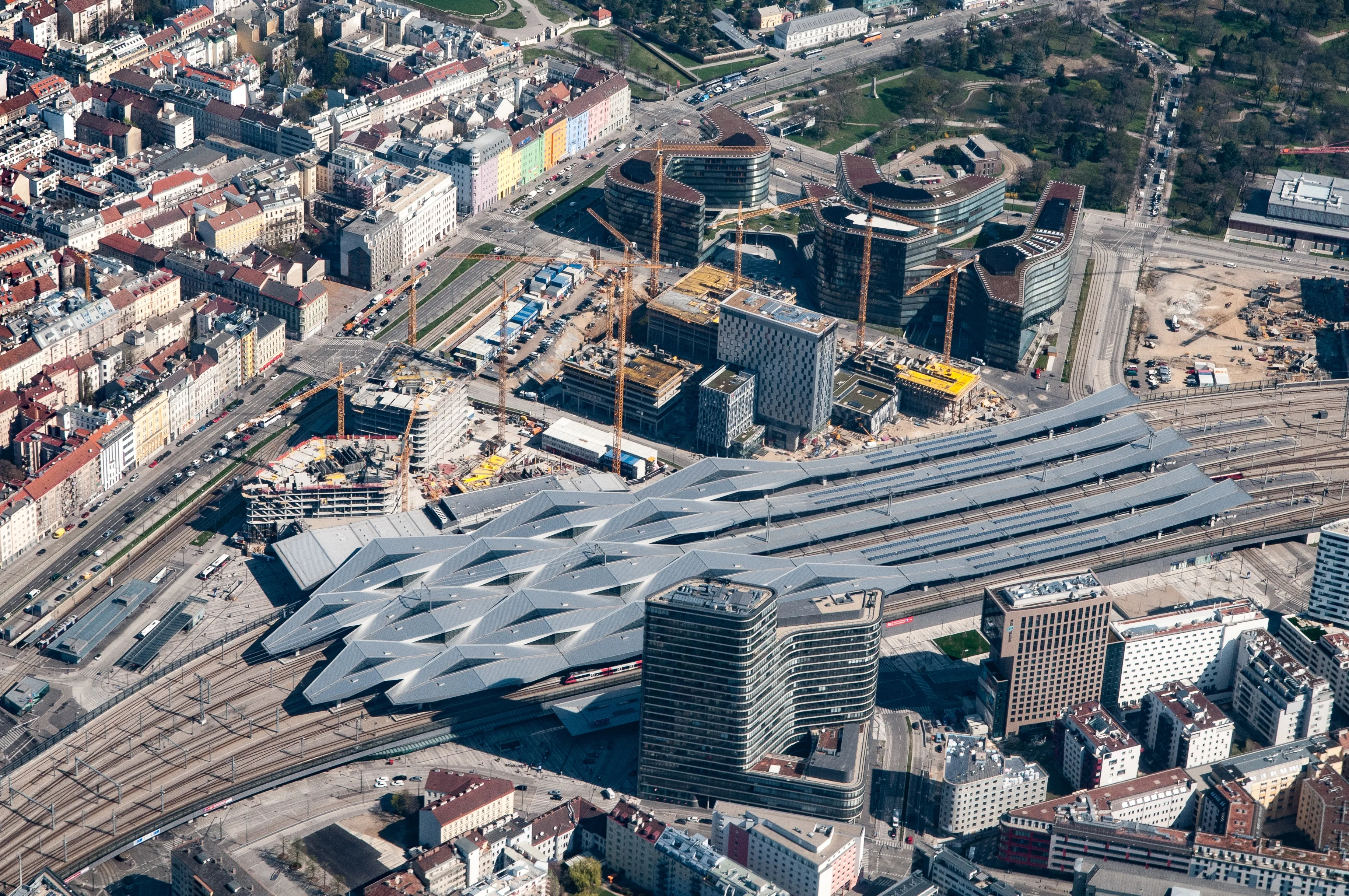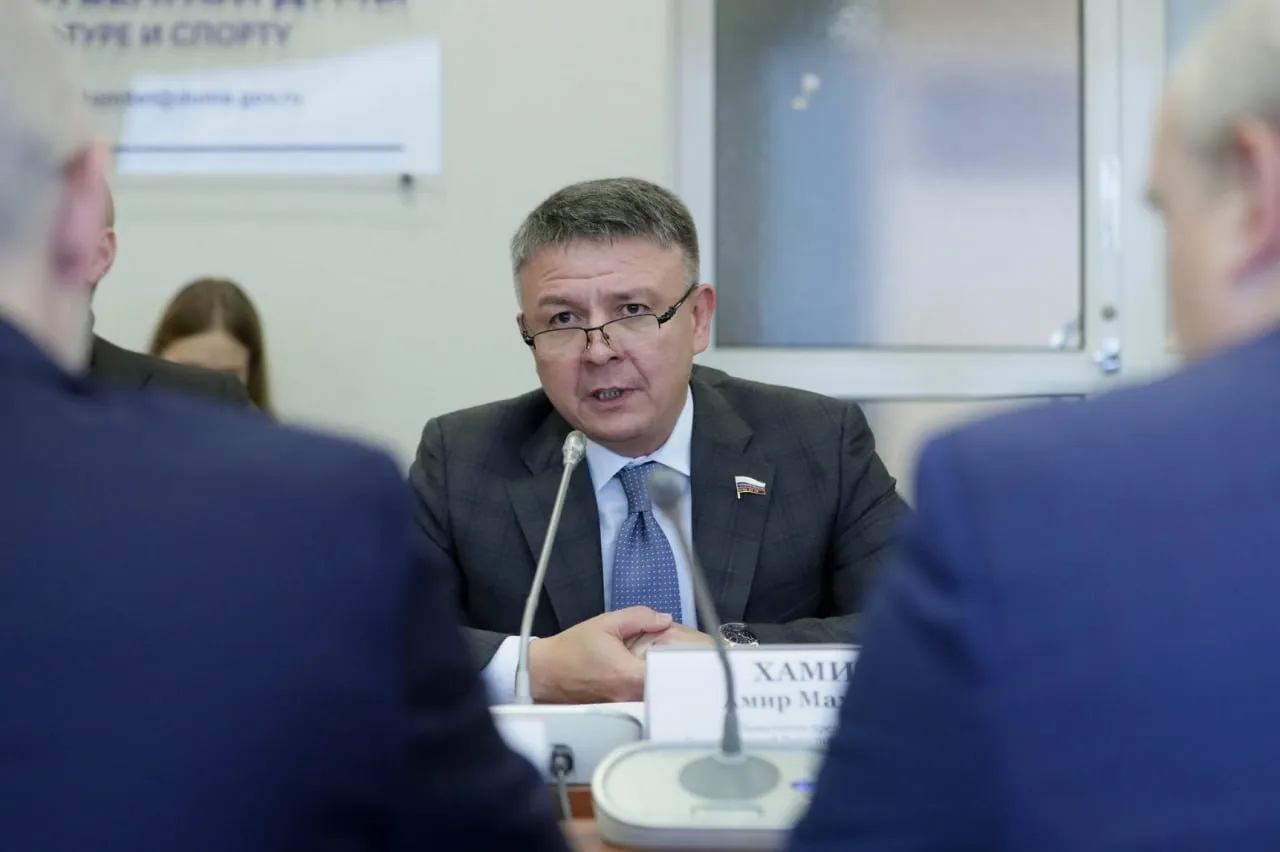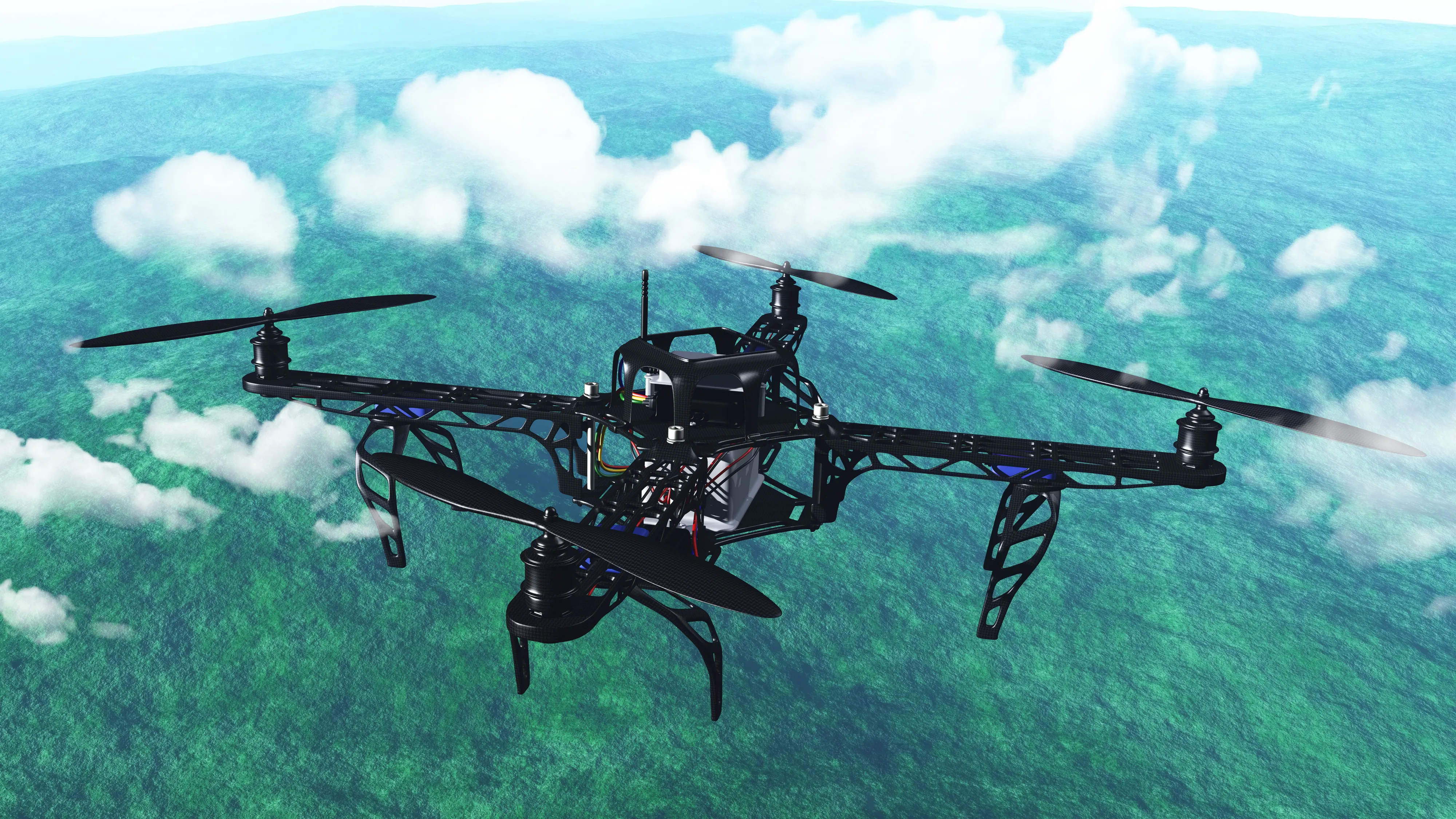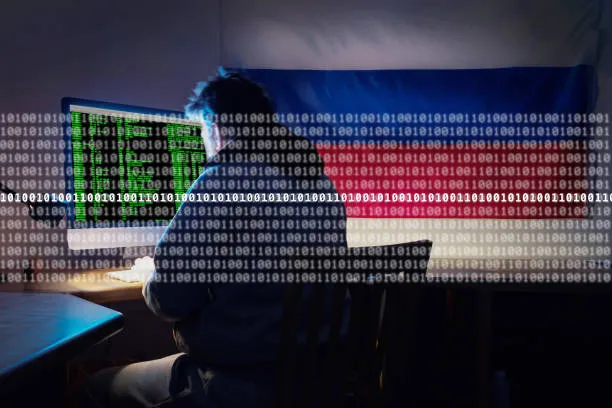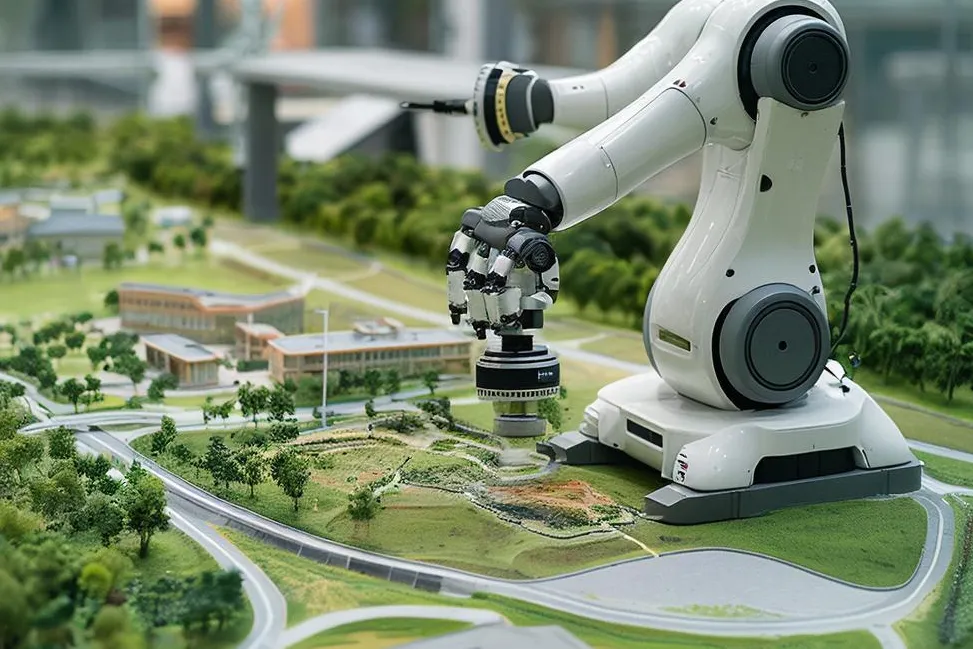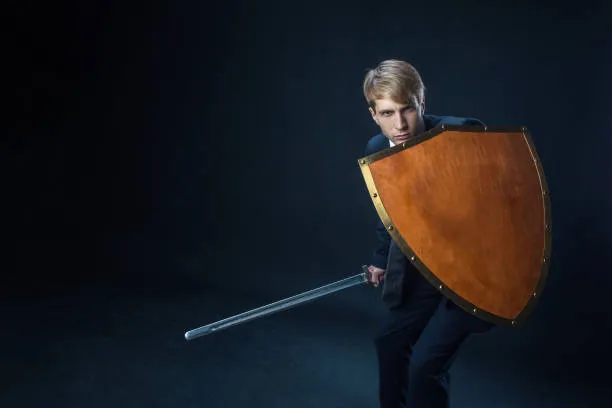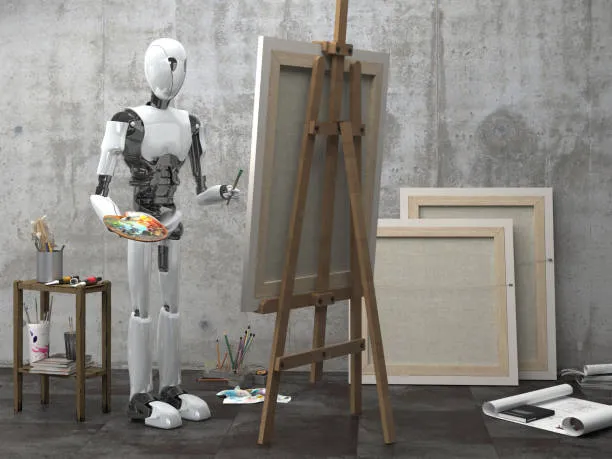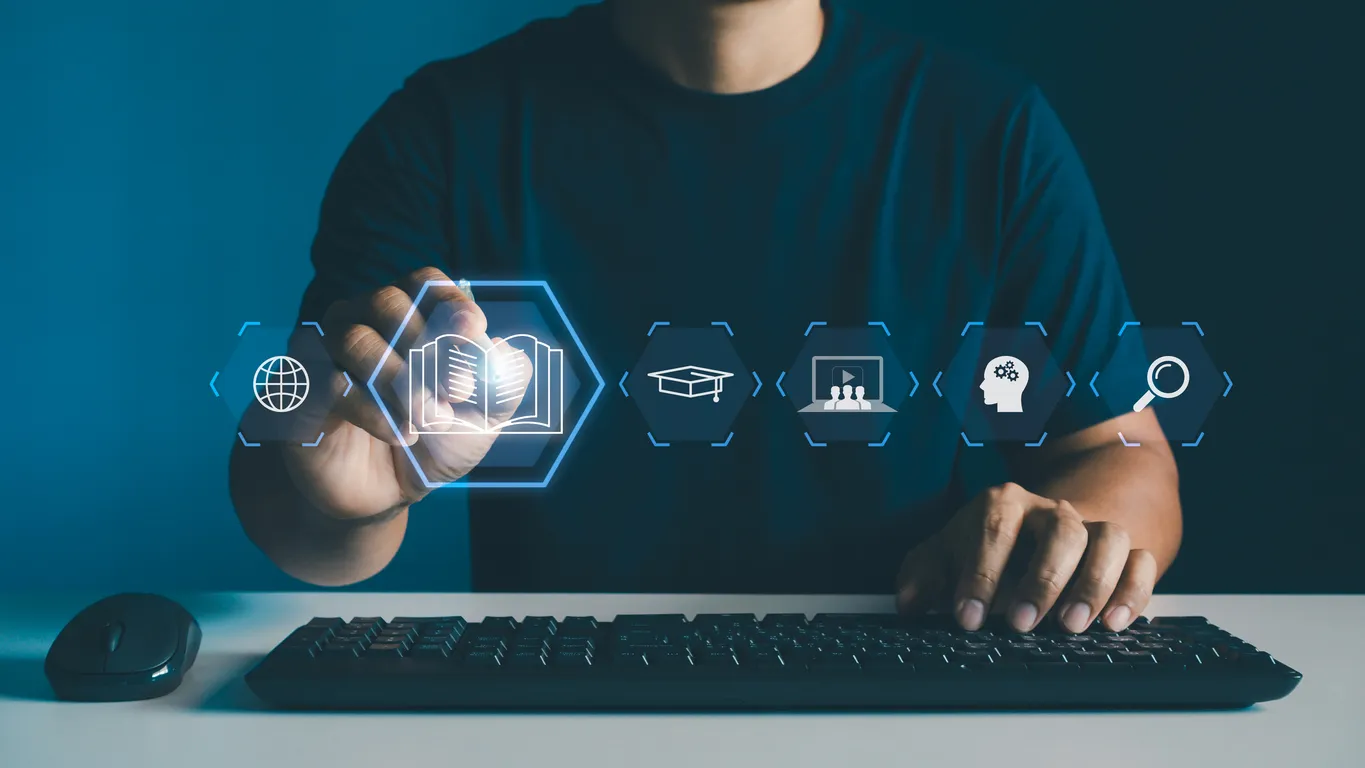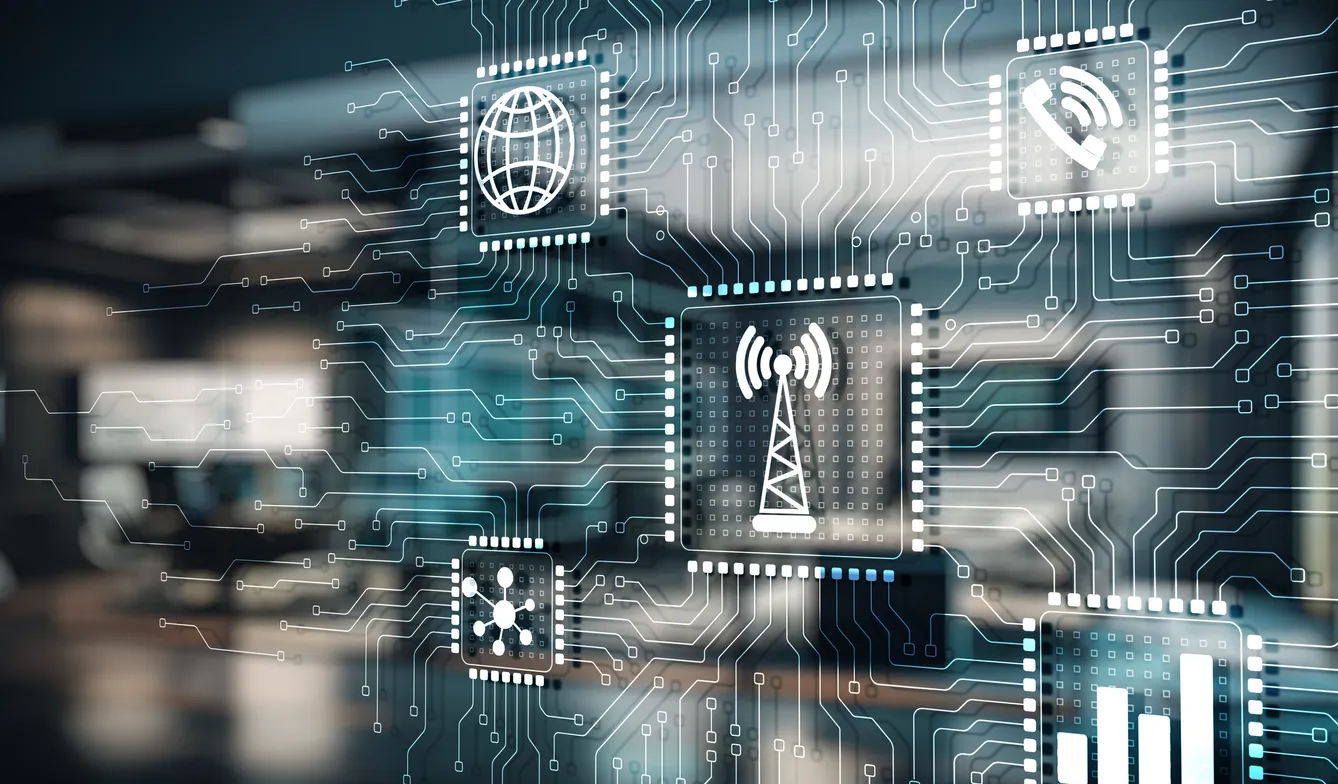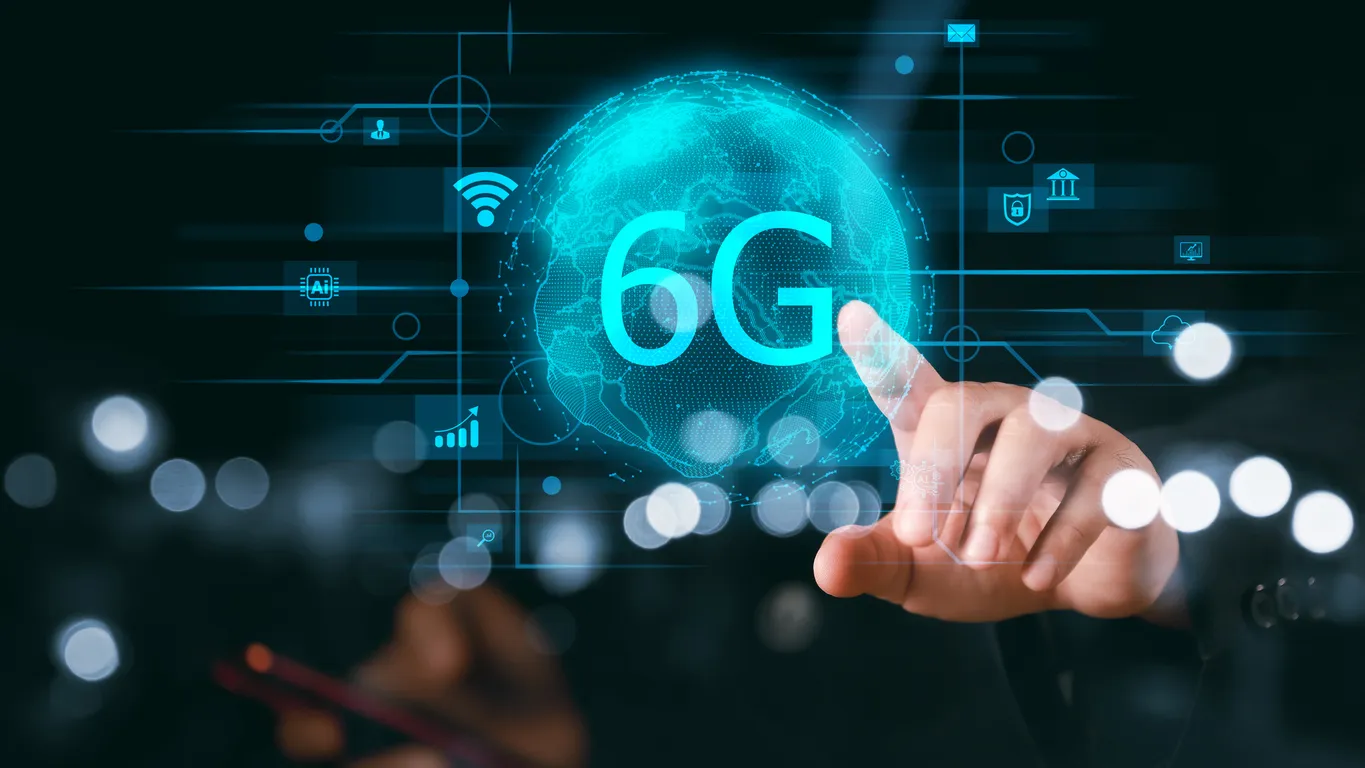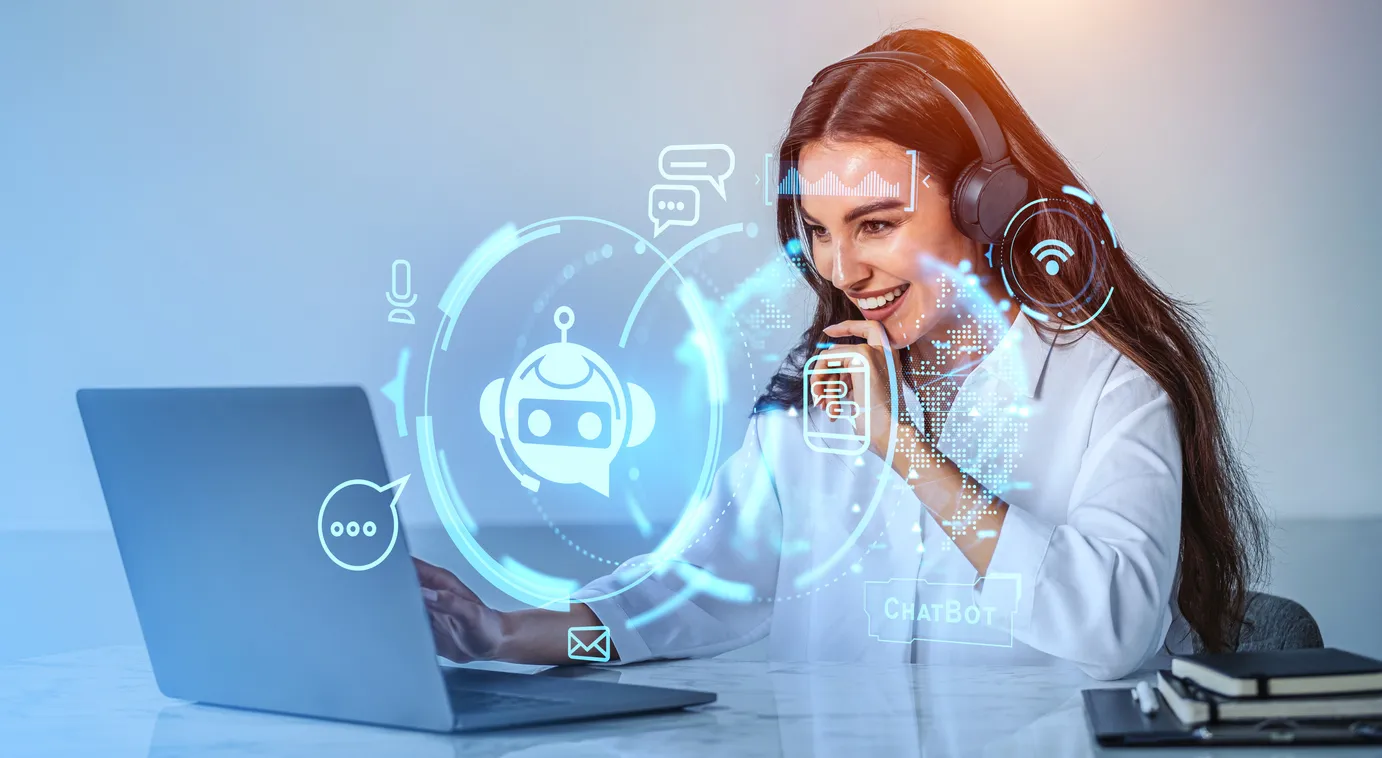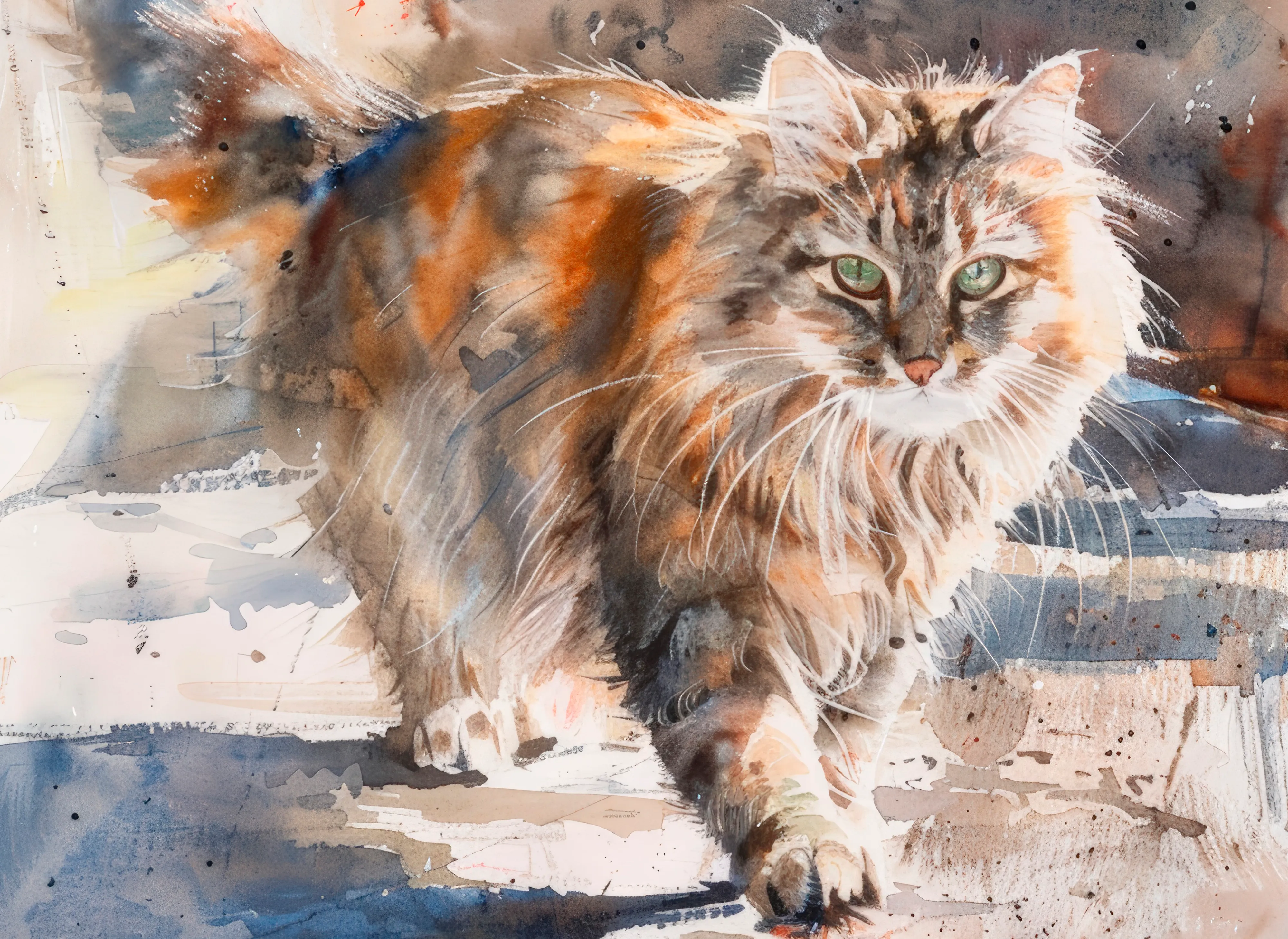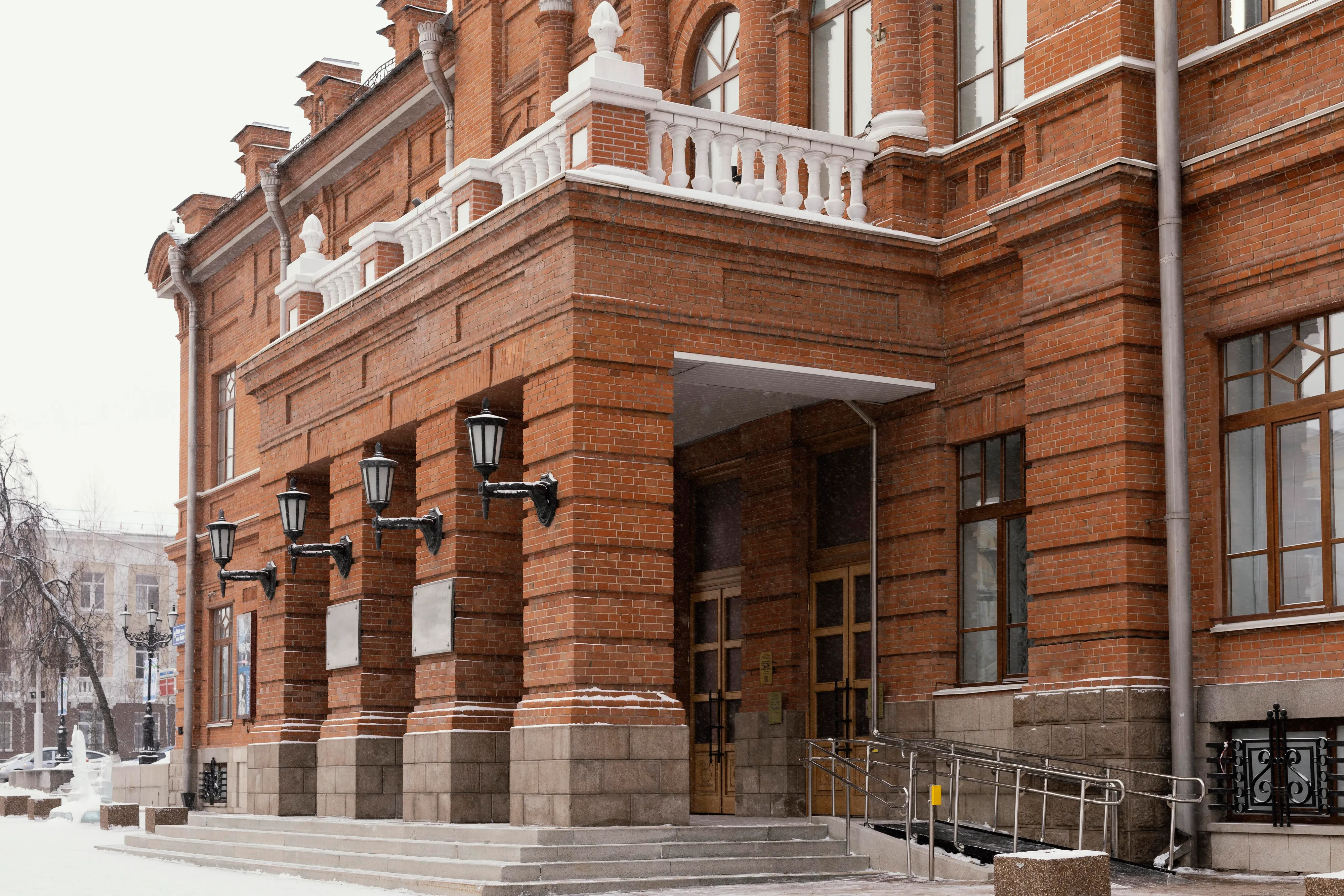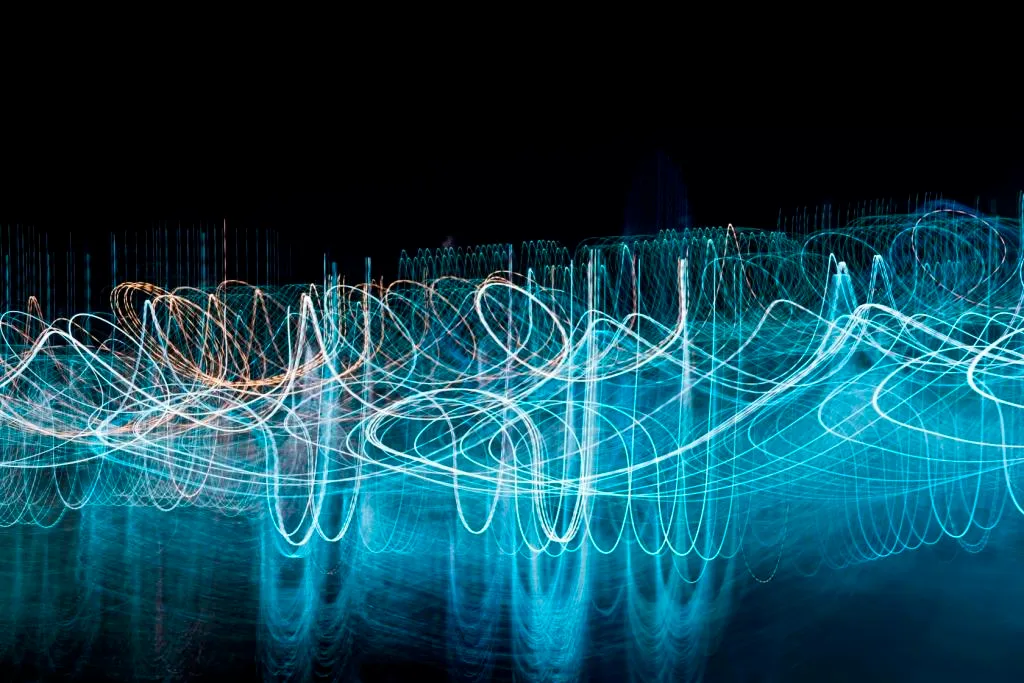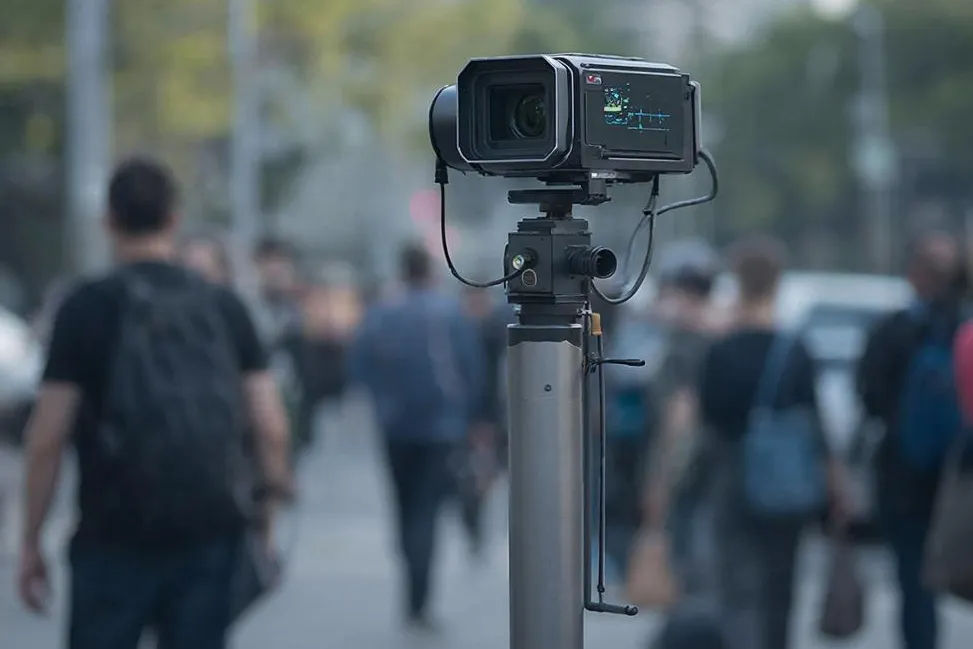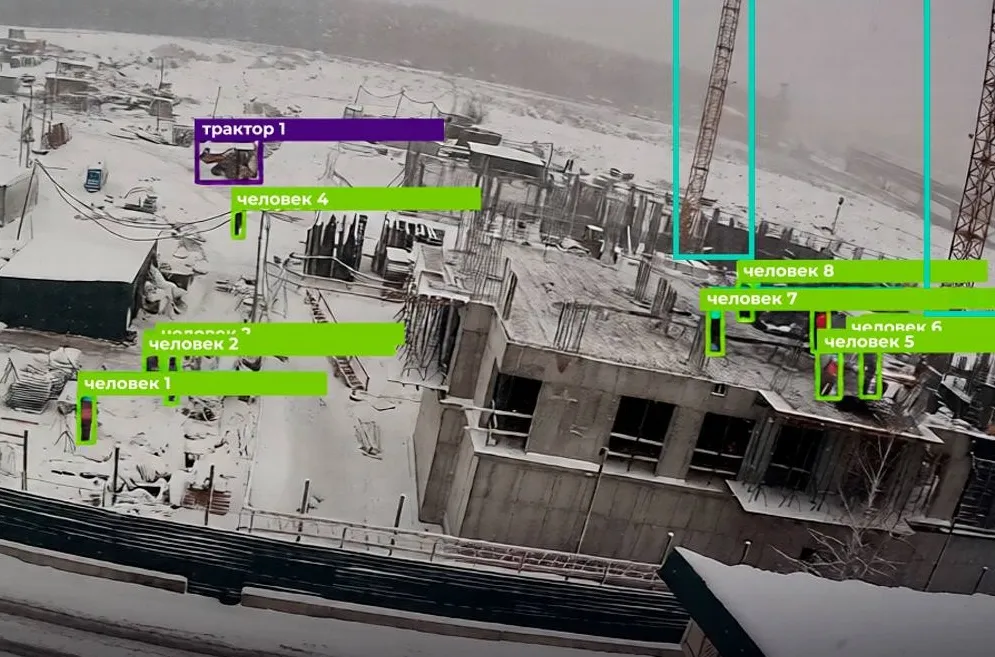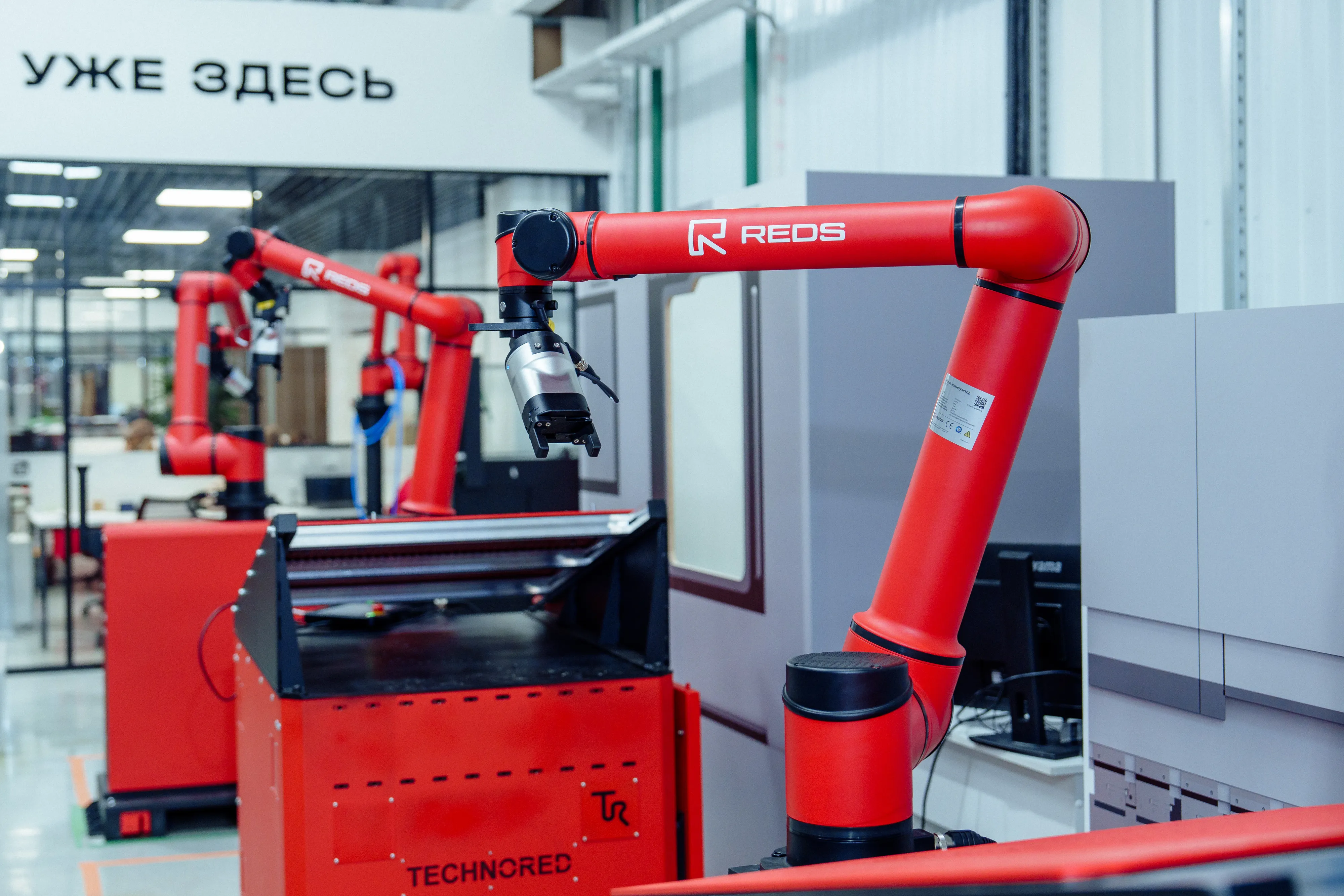Russia Unveils Immersive VR Exhibition “Pushkin’s Personal Artifacts”
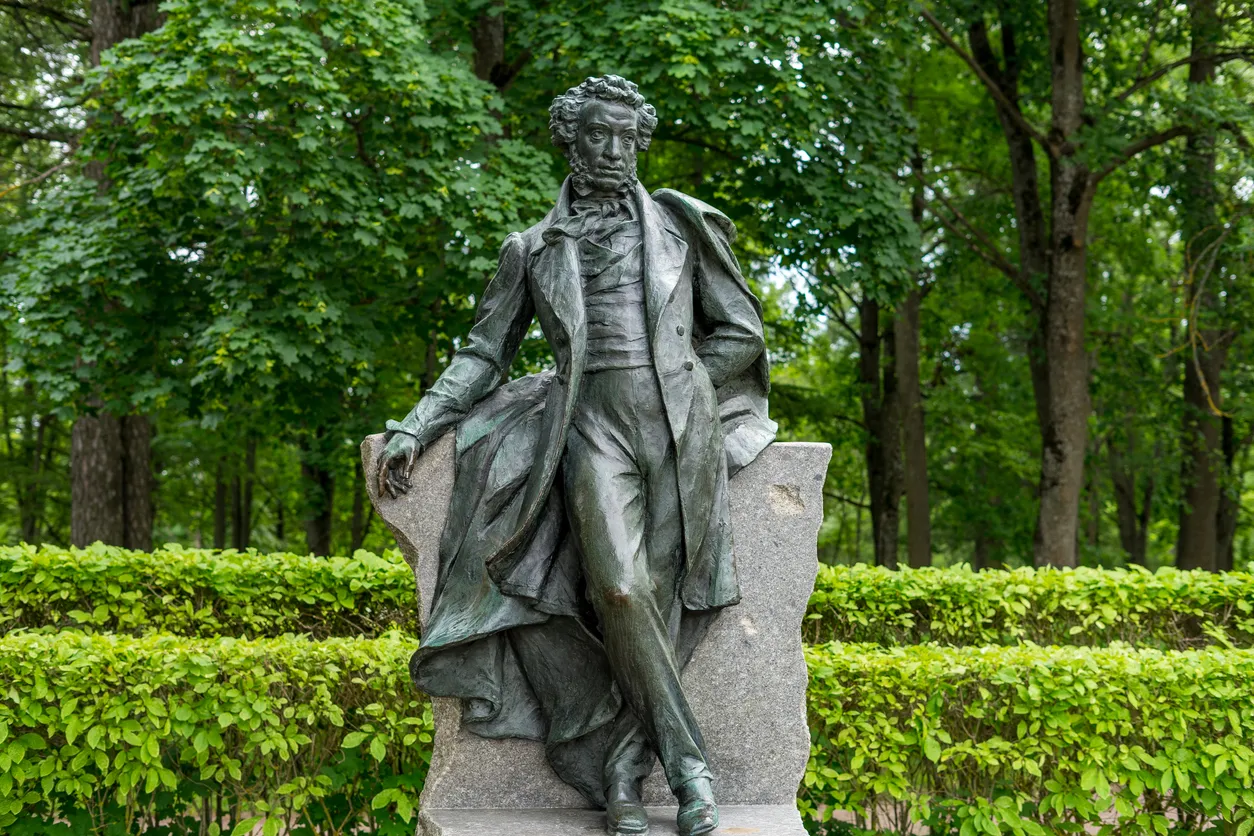
Experience Alexander Pushkin’s world from anywhere, as Russia leverages cutting‑edge VR to make cultural heritage both accessible and analytically rich
Pushing the Boundaries of Cultural Access
Russia has rolled out an ambitious, fully immersive virtual exhibition titled “Pushkin’s Personal Artifacts,” harnessing state‑of‑the‑art VR technology to transport users into the 19th‑century world of Russia’s greatest poet. Designed as five narrative threads—drawn from archival documents, family legends, and literary sources—this online showcase dissects distinct chapters of Pushkin’s life: his Lycée friendships, his exile in Mikhaylovskoye, his rings and talismans, his bond with retired Lieutenant Pavel Nashchokin, and his marriage to Natalia Goncharova. By weaving these strands together, the project underscores Russia’s leadership in marrying cultural preservation with immersive tech.
Anatomy of the Virtual Experience
Rather than a static gallery, the exhibition presents dynamic, interactive vignettes: digitally reconstructed drawings, personal effects, and portraits that would otherwise remain hidden behind glass. Highlights include:
Pushkin’s First Honorarium: A detailed 3D rendering of the poet’s inaugural payment, alongside the Swiss watch bestowed by Empress Maria Feodorovna in gratitude for his celebratory verses on her daughter’s wedding.Student Years Relived: The Lycée‑era writing case of Wilhelm Küchelbecker, rendered in high resolution, invites viewers to examine every carved initial and seal.Family Heirlooms Up Close: A VR‑textured walking cane topped with the family button, and the legendary inkwell featuring Pushkin’s caricature “arapchonok,” come to life in astonishing detail.
These elements serve not only as nostalgic curiosities but also as data points for scholars—enabling metric‑based analyses of handwriting changes over time, material‑culture studies, and immersive storytelling that deepens public engagement.
Analytic Insights and Human Benefits
Beyond mere spectacle, this VR initiative illustrates how immersive technologies can redefine educational outreach and cultural research. By logging user interactions—such as which artifacts attract prolonged attention or which narrative threads provoke the most questions—organizers can refine exhibit design in real time. For audiences, the benefits are profound: remote access democratizes heritage, while interactive analytics personalize learning pathways. As Russia showcases these breakthroughs, it signals a model for global institutions seeking to blend digital innovation with scholarly rigor—ensuring that history is not only preserved but actively interrogated and shared.



